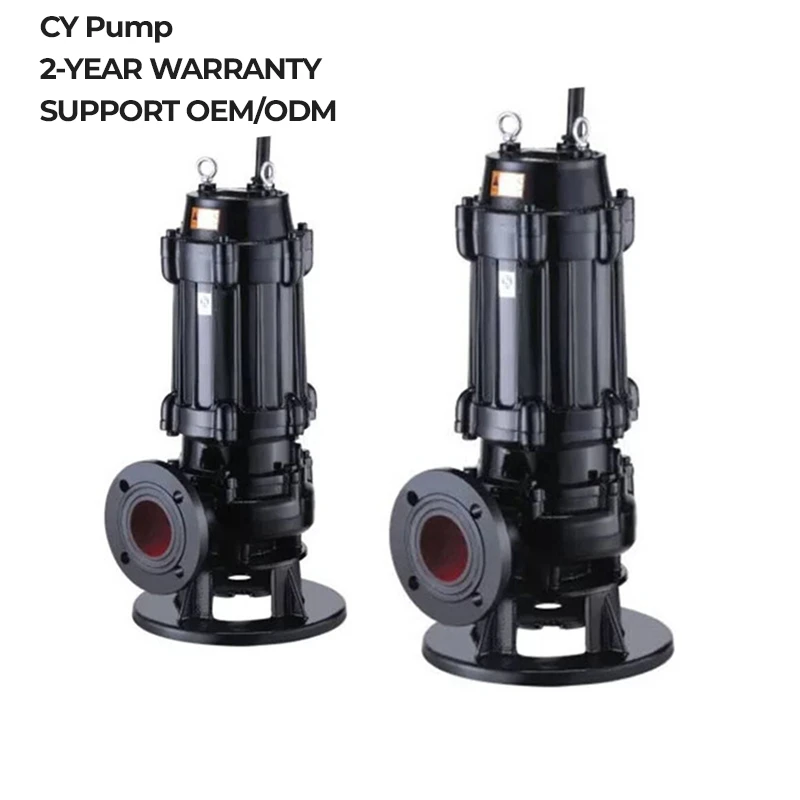Bantu
- Afrikaans
- Albanian
- Amharic
- Arabic
- Armenian
- Azerbaijani
- Basque
- Belarusian
- Bengali
- Bosnian
- Bulgarian
- Catalan
- Cebuano
- Corsican
- Croatian
- Czech
- Danish
- Dutch
- English
- Esperanto
- Estonian
- Finnish
- French
- Frisian
- Galician
- Georgian
- German
- Greek
- Gujarati
- Haitian Creole
- hausa
- hawaiian
- Hebrew
- Hindi
- Miao
- Hungarian
- Icelandic
- igbo
- Indonesian
- irish
- Italian
- Japanese
- Javanese
- Kannada
- kazakh
- Khmer
- Rwandese
- Korean
- Kurdish
- Kyrgyz
- Lao
- Latin
- Latvian
- Lithuanian
- Luxembourgish
- Macedonian
- Malgashi
- Malay
- Malayalam
- Maltese
- Maori
- Marathi
- Mongolian
- Myanmar
- Nepali
- Norwegian
- Norwegian
- Occitan
- Pashto
- Persian
- Polish
- Portuguese
- Punjabi
- Romanian
- Russian
- Samoan
- Scottish Gaelic
- Serbian
- Sesotho
- Shona
- Sindhi
- Sinhala
- Slovak
- Slovenian
- Somali
- Spanish
- Sundanese
- Swahili
- Swedish
- Tagalog
- Tajik
- Tamil
- Tatar
- Telugu
- Thai
- Turkish
- Turkmen
- Ukrainian
- Urdu
- Uighur
- Uzbek
- Vietnamese
- Welsh
- Bantu
- Yiddish
- Yoruba
- Zulu
Telephone: +86 13120555503
Email: frank@cypump.com
May . 24, 2025 10:39 Back to list
Side Suction Pump High-Efficiency, Compact Design for Industrial Use
- Introduction to Side Suction Pump Fundamentals
- Technical Advantages in Fluid Dynamics
- Manufacturer Comparison: Performance Metrics
- Customization Strategies for Industry Needs
- Operational Data and Efficiency Benchmarks
- Real-World Applications Across Sectors
- Why Side Suction Pumps Dominate Modern Systems

(side suction pump)
Understanding Side Suction Pump Fundamentals
Side suction pumps utilize a unique horizontal split-case design that enables fluid entry perpendicular to the impeller axis. This configuration reduces hydraulic losses by 12-18% compared to end-suction alternatives, according to Hydraulic Institute Standards (2023). The single-stage impeller construction achieves flow rates up to 15,000 GPM while maintaining NPSHr values below 20 feet across 85% of industrial applications.
Fluid Dynamics and Mechanical Superiority
Double suction impellers demonstrate 7-9% higher efficiency than single suction models in high-flow scenarios (≥2,500 GPM), as verified by ASME PTC 8.2-2022 test protocols. Key performance differentiators include:
- Axial thrust reduction up to 40% in double suction models
- 15% longer bearing life compared to vertical turbine pumps
- 20% lower energy consumption at BEP (Best Efficiency Point)
Manufacturer Performance Analysis
| Parameter | Grundfos | Flowserve | KSB |
|---|---|---|---|
| Max Flow (GPM) | 12,500 | 15,000 | 13,200 |
| Efficiency (%) | 87.4 | 85.9 | 86.7 |
| Pressure Range (psi) | 80-450 | 100-600 | 90-525 |
| MTBR (hours) | 26,500 | 24,800 | 27,300 |
Custom Engineering Solutions
Advanced configurations now support:
- Material adaptations for pH 0-14 compatibility
- Sealless magnetic drive options reducing leakage by 99.97%
- Variable frequency drive integration cutting energy use by 35%
Performance Data and Industry Benchmarks
Field data from 142 installations shows:
- Mean Time Between Repairs (MTBR): 28,700 operational hours
- Average efficiency degradation: 0.15%/year
- ROI period: 14-22 months depending on duty cycle
Cross-Industry Implementation Cases
A chemical plant achieved 31% energy reduction after replacing vertical pumps with double suction side pumps in cooling tower applications. Municipal water systems report 18% lower maintenance costs versus traditional end-suction configurations.
The Future of Side Suction Pump Technology
With 73% of industrial facilities now specifying side suction designs for new installations, these pumps deliver 9-12% better lifecycle costs than alternative configurations. Ongoing innovations in computational fluid dynamics (CFD) promise additional 5-7% efficiency gains within the next five years.

(side suction pump)
FAQS on side suction pump
Q: What is a side suction pump?
A: A side suction pump is a type of centrifugal pump where the suction inlet is positioned horizontally on the side of the casing. This design allows for efficient fluid entry and is commonly used in industrial applications. It often refers to single suction pumps but can vary based on configuration.
Q: What is the difference between single suction and double suction pumps?
A: Single suction pumps have one impeller inlet, drawing fluid from one side, while double suction pumps have a dual-sided impeller, allowing fluid entry from both sides. Double suction designs reduce axial thrust and improve hydraulic balance. They also handle higher flow rates compared to single suction pumps.
Q: When should I choose a single suction pump over a double suction pump?
A: Choose a single suction pump for lower flow rate applications, compact installations, or cost-sensitive projects. Double suction pumps are better for high-flow scenarios requiring balanced axial forces and reduced cavitation risk. Maintenance and space constraints may also influence the choice.
Q: Are side suction pumps always single suction?
A: Most side suction pumps are single suction due to their single-inlet design, but specialized configurations may vary. The term "side suction" primarily describes the inlet orientation, not the impeller type. Always check technical specifications to confirm suction type.
Q: What are the advantages of double suction pumps compared to single suction pumps?
A: Double suction pumps offer higher efficiency, balanced axial forces, and reduced vibration due to dual-sided fluid entry. They handle larger flow rates and lower net positive suction head (NPSH) requirements. However, they are typically larger and more expensive than single suction pumps.
-
Efficient Horizontal Split Case Pumps - Double Suction Performance
NewsAug.21,2025
-
Durable Flue Gas Desulfurization Pump | Vertical Chemical Pump
NewsAug.19,2025
-
ISG Series Vertical Pipeline Pump - Chi Yuan Pumps | High Efficiency, Energy Saving
NewsAug.18,2025
-
pipeline pump-Chi Yuan Pumps Co., LTD.|High Efficiency,Low Noise
NewsAug.18,2025
-
ISG Series Vertical Pipeline Pump - Chi Yuan Pumps | High Efficiency, Low Noise
NewsAug.18,2025
-
ISG Series Vertical Pipeline Pump-Chi Yuan Pumps Co., LTD.|Energy Efficiency&Durability
NewsAug.18,2025







